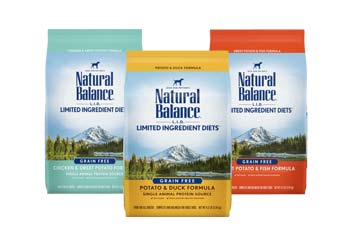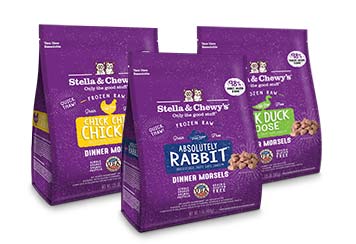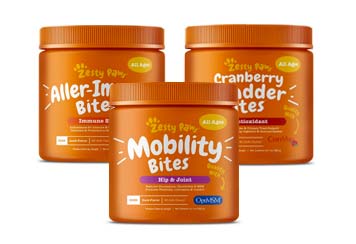The marketing world is known for descriptive jargon, and while not all of it is particularly meaningful, there are some phrases like “winning the last three feet” that convey a concept that can make or break your pet brand’s success.
For direct-to-consumer pet brands, this concept of the last three feet is absolutely vital to capturing retail sales.
What Does it Mean to Win the Last Three Feet?
Picture this:
You’re meandering the aisles of your local mega retailer, or maybe a local pet store. You take a look at your shopping list and notice you need dog food. You check along the aisles for the “Dog Food” sign and head that way. When you get to the mouth of the aisle you see a veritable rainbow of options, in a variety of sizes. You walk a few steps in and turn to look at the available products. You’re three feet away.
Winning the last three feet, means being able to capture the purchase decision as your consumer stands in the aisle evaluating their options.

What it Takes to Win the Last Three Feet
While there are many factors to consider when crafting your pet’s brand strategy to win the last three feet, capture consumer attention and convert them to purchase your product, these three necessities are the best place to start.
Readability
Can your consumer read the most important information about your product from three feet away? The answer to this question may vary depending which consumers you refer to.
Your primary millennial audience may be able to read your differentiators in a size 16 font from three feet away, but what about the audience segment that’s over sixty and dealing with rapidly declining vision? What may appear crystal clear to a 31-year-old dog mom, could be entirely illegible to a massive portion of your target consumers.
Though it’s a seemingly common-sense concept – many brands overlook this step. One brand that does an excellent job of ensuring readability in the aisle is Natural Balance. Their pet food formulas have large fonts with easy-to-read differentiators that most people can read from three feet away, or even more.

Captivating Design
Before consumers even glance through product differentiators, they’ll automatically gravitate to whichever product design intrigues them the most. This is not always the most vibrant or busy option – sometimes it’s the refreshingly simple, clean design that draws the most attention.
With bold color-block designs in shades of purple and red and endearingly imperfect fonts, Stella and Chewy’s does an excellent job of standing out in pet food aisles dominated by shades of brown, blue and green.

Emotional Resonance
Focusing on features and functionality may seem like the right move, but those aren’t likely to encourage shoppers over the purchase barrier the way an emotional differentiator will.
Do you buy your phone because it has 64 GB of space, or because it’s the easiest one to use and will improve your daily mobile experience? Most likely, your response is the latter, because while features and functionality are great – it’s the improvement to your lifestyle that you’re really looking for.
In the same sense, a pet parent is more likely to purchase a pet product when they perceive it to have a benefit to their pet’s lifestyle and wellbeing – not because it has 1 gram more of pea protein per serving than its competitor.
Zesty Paws takes it one step further by naming their products after their lifestyle benefits – like their Mobility Bites, Aller-Immune Bites and Cranberry Bladder Bites. Without reading further into the product messaging, consumers can already tell what the benefit of each supplement will be for their pet.

Conclusion
Ensuring your branding nails these three essentials can help you convert consumers in the aisle and win the last three feet of the purchase journey.
Need help winning the last three feet? Come collaborate with us for a day.
